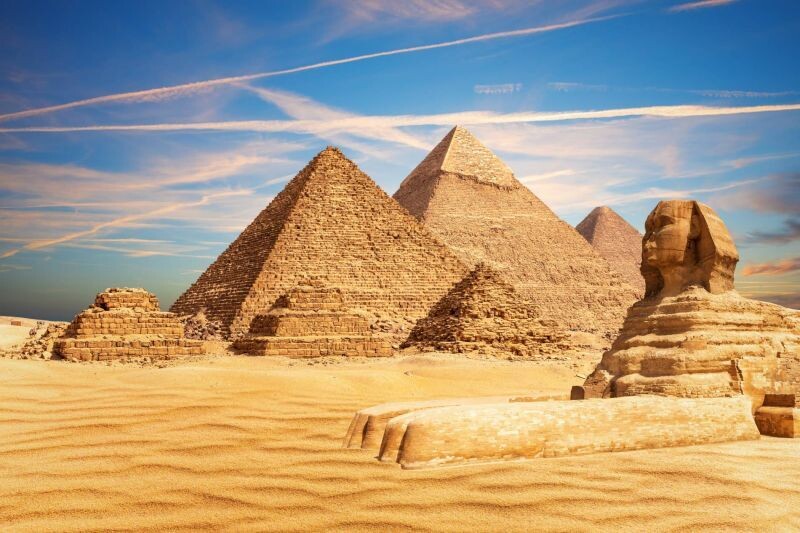
The pyramids of Egypt have been an enigma for researchers and archaeologists for centuries. It is believed that the alignment of the ancient branch of the Nile with the Giza pyramids and others to the south facilitated the transportation of heavy materials during the time when the Nile experienced elevated water levels due to the African Humid Period. This phenomenon would have made channels such as the Ahramat Branch and the Khufu Branch navigable during the construction of the Great Pyramid of Giza.
The existence of these channels reveals how the ancient Egyptian civilization utilized natural resources to carry out its architectural projects. Recently, the presence of ancient branches of the Nile has been identified, which could transform Egyptian archaeology. This discovery suggests the possibility of finding buried cities and important temples for Egyptian religion.
Technological advances, such as the use of space radars, are revolutionizing the way ancient structures of Egypt are explored, allowing research to be conducted without interfering with the sites. Additionally, these findings offer valuable information about Egypt's past and could reveal data about even older civilizations. The pyramids of Egypt remain a subject of study and reveal new aspects of the planning and organization of ancient Egyptian civilization.
The mysterious tunnels connecting the pyramids have also been the subject of research. An underground channel approximately 100 kilometers long has been discovered, called the Ahramat Branch, which connected the pyramids on the west side of the Nile Valley. This discovery sheds light on the logistics and construction of the pyramids, showing the importance of these hidden waterways in transporting large stone blocks and the labor required for their construction. The tunnels of the pyramids have been key in understanding how the monumental task of erecting these imposing structures was carried out in ancient Egypt.














